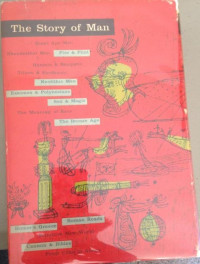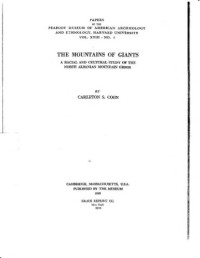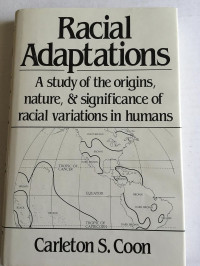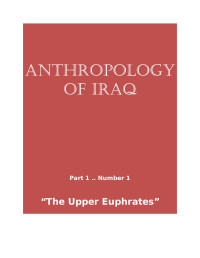
Craniometric evidence of the early caucasoid migrations to Siberia and Eastern Central Asia, with reference to the indo-european problem
Kozintsev A.G.
Article // Archaeology, Ethnology & Anthropology of Eurasia. 2009. — № 37 (4) — Pp. 125-136.Measurements of 220 male Neolithic and Bronze Age cranial series from Eurasia were subjected to multivariate statistical analysis. The results support the idea that people associated with the Catacomb culture played a major role in the origin of the Afanasyev culture. Okunev people of the Minusinsk Basin, those associated with Karakol, Ust-Tartas, and Krotovo cultures, and those buried in the Andronov-type cemeteries at Cherno-ozerye and Yelovka were of predominantly local Siberian origin. The Samus series resembles that from Poltavka burials. The Okunev people of Tuva and probably Yelunino people were likely descendants of the Pit Grave (Yamnaya) and early Catacomb populations of the Ukraine. The same is true of the Alakul people of western Kazakhstan, who in addition, have numerous affinities amongst Neolithic and Early Bronze Age groups of Central and Western Europe. The probable ancestors of certain Fedorov populations were the Afanasyev tribes of the Altai, whereas other Fedorov groups apparently descended from late Pit Grave and Catacomb tribes of the Northern Caucasus and the northwestern Caspian. People of Gumugou are closest to Fedorov groups of northeastern Kazakhstan and Rudny Altai, suggesting that Caucasoids migrated to Xinjiang from the north rather than from the west. Describing the gracile Caucasoids of Siberia and Eastern Central Asia as Mediterraneans is misleading since they display virtually no craniometric ties with the Near Eastern, Southwestern Central Asian or Transcaucasian groups. The totality of evidence suggests that they were Nordics.
 Amazon
Amazon  Barnes & Noble
Barnes & Noble  Bookshop.org
Bookshop.org  轉換文件
轉換文件 更多的搜索結果
更多的搜索結果 其他特權
其他特權 





















